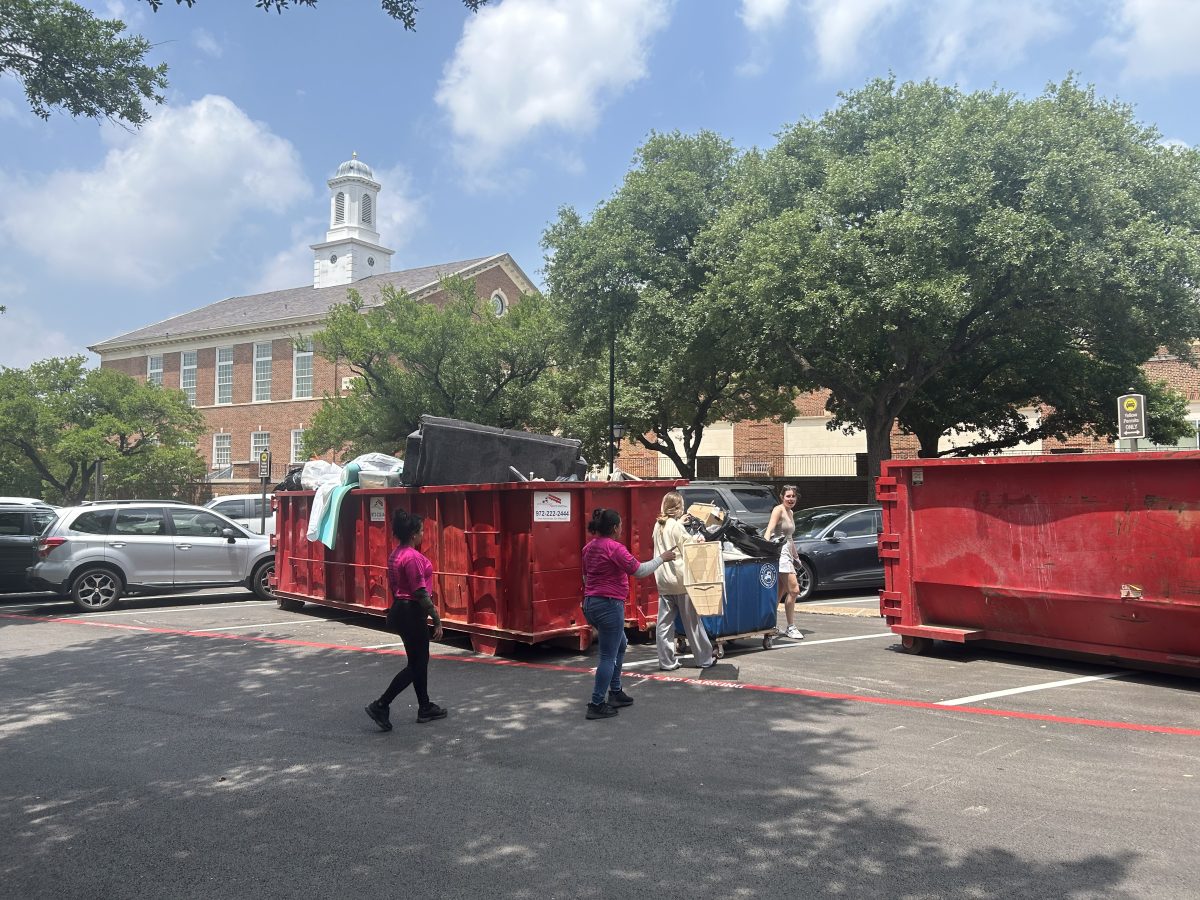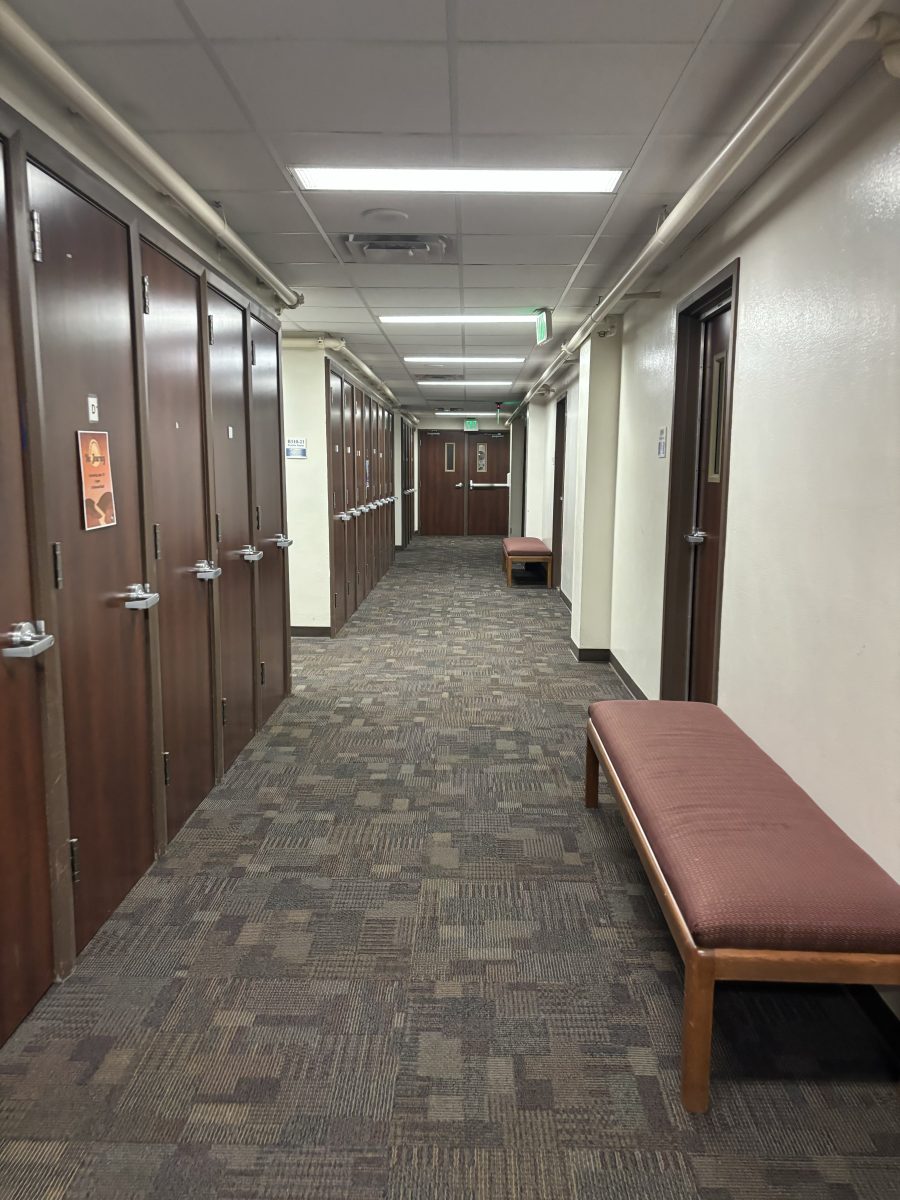I’m a firm believer in the power of innovation and in the great mysteries of life: Thomas Edison creating the light bulb after failing thousands of times, Edward Hauus inventing PEZ candies for nicotine addicts, even little eleven-year-old Frank Epperson, who developed popsicles as an accident.
These creative men all have something in common with the “Father of Agriculture,” more commonly known as George Washington Carver: passion.
Passion helped each of these men turn their dreams into a reality. The lesson of fulfilling dreams is something that we still share today in the classroom, the workplace, and in our homes.
According to Oscar Wilde, “The supreme object of life is to live. Few people live. It is true life only to realize one’s own perfection, to make one’s every dream a reality.” And this happens to be exactly what George Washington Carver set out to do: live an extraordinary life with a nutty vision.
Passion fueled the fire throughout Carver’s extraordinary life.
While Carver might have been the greatest thing to happen to southern agriculture before sliced bread, he certainly had his challenges. With a quiet power and inner resolve, he rose above adversity and strove to help others in need.
Born a slave in Missouri and kidnapped before the age of three, Carver embraced all that nature had to offer under the guidance of his adoptive parents, Moses and Susan Carver.
He spent countless hours playing outdoors, observing plants and nature and collecting rocks and fossils. Carver rose before daybreak for daily strolls and to bring home new plants for his private garden. He sang to them in his squeaky voice and invited them to “play in the sun.”
With his unquenchable thirst for knowledge, Carver desired something more, so he left home at age 13 to pursue an education in a nearby town. His quest for education took him to ten different cities while completing elementary school, high school, and college.
In 1896, Booker T. Washington extended an invitation to Carver to head the agricultural department at Tuskegee Normal and Industrial Institute, later Tuskegee University.
During his 47-year tenure there, Carver used his talents to, among other things, form hundreds of different uses for the lowly peanut, such as cosmetics, axle grease, and printer’s ink. Now that’s a man with a nutty vision.
Dubbed “Columbus of the soil,” Carver was an educator and community member, too. He believed that his discoveries and innovations meant nothing unless he could share them with those around him, including farmers, teachers and other innovators.
He developed revolutionary green conservation techniques such as crop rotation and composting. He also designed the Jessup wagon so he could take the results of his agricultural experiments from the Tuskegee Institute to farmers’ fields and county fairs, to the crossroads and the churchyards.
To learn more about the many ways in which George Washington Carver and his works are rooted in history, a visit to the African American Museum in Dallas is an opportunity that should not be missed.
The exhibition, which was organized by the Field Museum in Chicago in partnership with Tuskegee University and the National Park Service, opens to the public on March 27 and will include displays portraying the challenges and contributions of George Washington Carver’s life.
The exhibit, which will run for seven months, will feature more than 100 artifacts, videos, and interactive media from this scientist of the people. Items on display provide evidence of the diversity of Carver’s interests and include his reading glasses, personal guitar, and material that he embroidered.
The largest exhibit shown by Dallas’ African American Museum, the George Washington Carver Exhibit will include three galleries.
The African American Museum is the only museum in the south that will host the George Washington Carver Exhibit. Dr. David Robinson, the director of the museum, said that an event of this magnitude “is truly an honor.” The exhibit will give both the city of Dallas and the AAM the cultural exposure they deserve.
The impact George Washington Carver had on our world enriches us all. Children and adults can experience the feel of a Carver hands-on demonstration in a life-size Jessup wagon replica.Audio recordings of Carver’s readings can be heard, and actual pamphlets Carver created for southern farmers can be perused.
Live your life with passion and go nuts while you’re at it!
Catherine Campbell is a junior CCPA and international studies double major. She can be reached for comment at [email protected].
***
The George Washington Carver Exhibition will be on display at The African American Museum from March 27 through October 29, 2009. AAM is open daily from 9 a.m. to 5 p.m., with tickets sold until 4 p.m. For more information, call (312) 922-9410, or visit www.aamdallas.org. The African American Museum is located at Grand Fair Park in Dallas.








